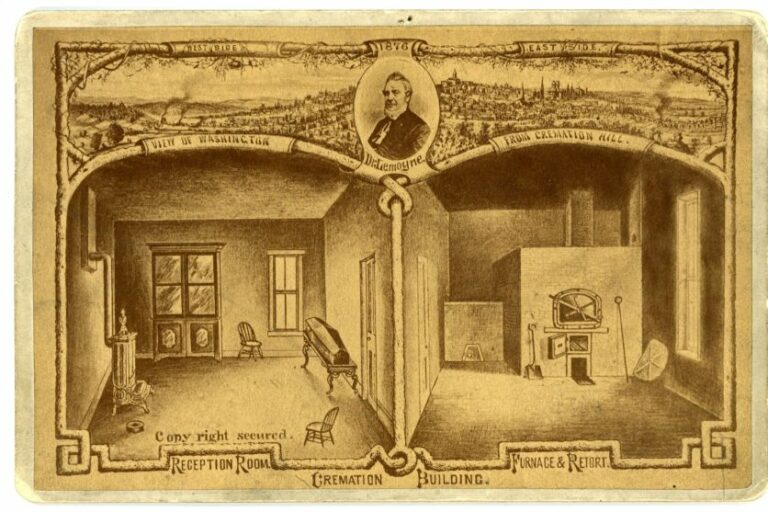
History Of Cremation
Share
Cremation, the process of reducing a body to ashes through combustion, has a long and varied history that spans across different cultures and time periods. Let's delve into the fascinating evolution of cremation practices throughout history.
Early Beginnings
Cremation dates back thousands of years, with evidence of the practice found in ancient societies such as the Greeks, Romans, and Egyptians. In these early civilizations, cremation was often associated with religious or spiritual beliefs, serving as a way to honor the deceased and facilitate their journey to the afterlife.
Decline and Resurgence
Despite its prevalence in ancient times, cremation saw a decline in many cultures with the rise of Christianity, which favored burial as a way to respect the body as a temple of the Holy Spirit. However, cremation experienced a resurgence in the 19th century, particularly in Western societies, as a more practical and cost-effective alternative to traditional burial.
Modern Practices
Today, cremation is a common funerary practice in many parts of the world, with a growing number of individuals choosing cremation over burial for various reasons. In fact, in the United States, the cremation rate has been steadily increasing, reaching over 50% in recent years.
Environmental Considerations
One of the factors driving the popularity of cremation is its perceived environmental benefits. Cremation is often seen as a more eco-friendly option compared to traditional burial, as it does not require land for burial plots and does not involve embalming chemicals that can leach into the soil.
Technological Advancements
Advancements in cremation technology have also contributed to the evolution of the practice. Modern crematories are equipped with state-of-the-art facilities that ensure efficient and environmentally responsible cremation processes, meeting stringent regulatory standards.
Personal Choice
Ultimately, the choice between cremation and burial is a personal one, influenced by cultural, religious, and practical considerations. As society continues to evolve, so too will our attitudes towards end-of-life practices, shaping the future of cremation in the years to come.
